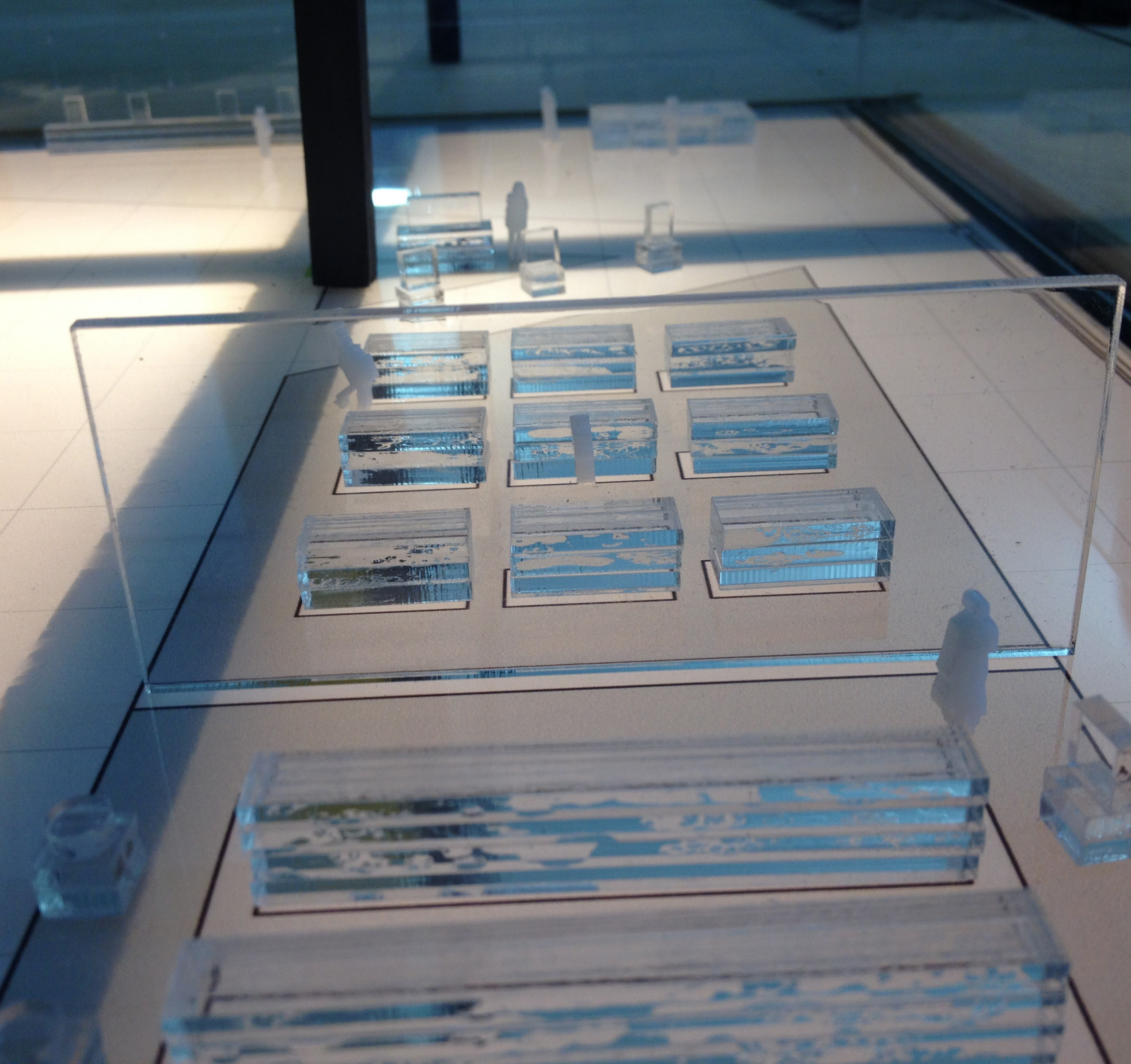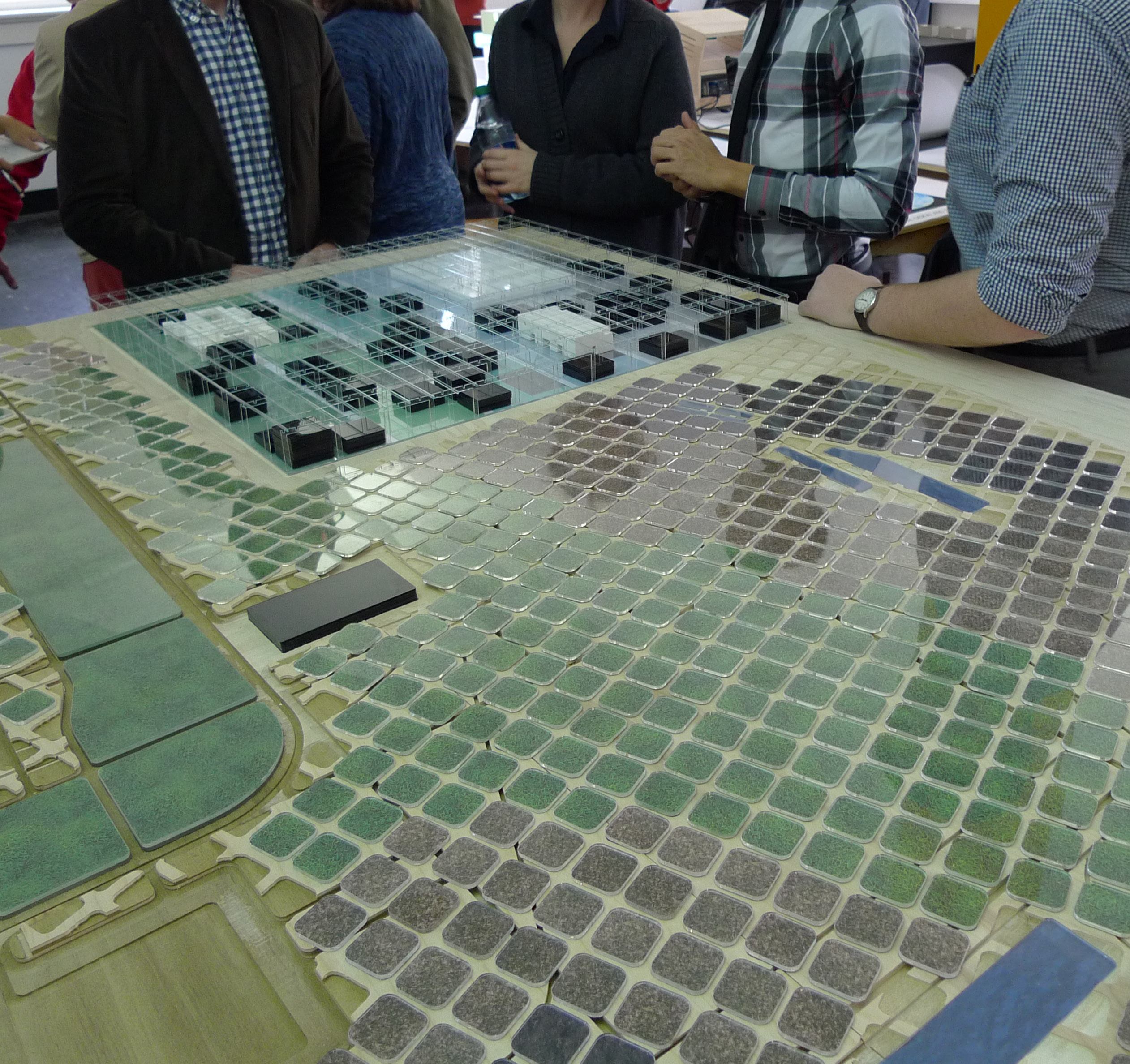Radical Adaptive Reuse:
Atomic City Museum
FALL 2012: ATOMIC CITIES STUDIO IV
The Atomic City Museum studio explored how to best communicate the story of the Paducah Gaseous Diffusion Plant could to the general public. This students sought to share the heroism of Paducah’s citizenry, the complexity of the processes that took place at the site, and the enormous challenges that lie ahead to clean it up. Most of all, the students wanted to express that the challenges ahead are no greater than those that produced the site in the first place. Should we collectively decide to devote ourselves to remediation, a hopeful future for Paducah is indeed possible.
After several weeks of research, consideration of the work of previous semesters, and deliberation, the students elected to design an on-site Atomic City Museum, that would be housed in one of the massive enrichment buildings, but would also include the remediation of the site itself as exhibit one.
Objectives: In some sense, this was more of a conventional graduate architecture studio than the three previous. The objectives were to consider a program for an Atomic City Museum, including the articulation and schematic design of each exhibit. Students researched museum and exhibition design extensively, including the various ways in which people learn and assimilate information. It was proposed that the exhibitions within the museum provide learning experiences, and that this might be the best way to express Paducah’s complex history and hopeful future. Additionally, the studio was to propose an adaptive re-use strategy for each of the buildings on site, whether they were to be decontaminated and reused and for what, or they were to be decommissioned and removed, etc. The studio was also responsible for planning the several-square-mile site, to propose modes of occupation and to imagine how the remediation process itself could become part of the museum’s exhibit.
Outcomes: The studio produced several large models, approximately six feet by six feet across. One included detail prototypes of several proposed exhibits, the other represented a new proposal for the entire PGDP campus and site. Photography of the exhibits was prepared for projection, and a strategy for phased remediation of the entire site was prototyped with laser-cut plexiglass.
PROJECT TEAM
INSTRUCTOR / Co-PI:
Associate Prof. Gary Rohrbacher
Co-PI:
Associate Prof. Anne Filson
POST-GRAD RESEARCH ASSISTANTS:
Carolyn Parrish
Sydney Kidd
Joe O’Toole
Margaret Clines




